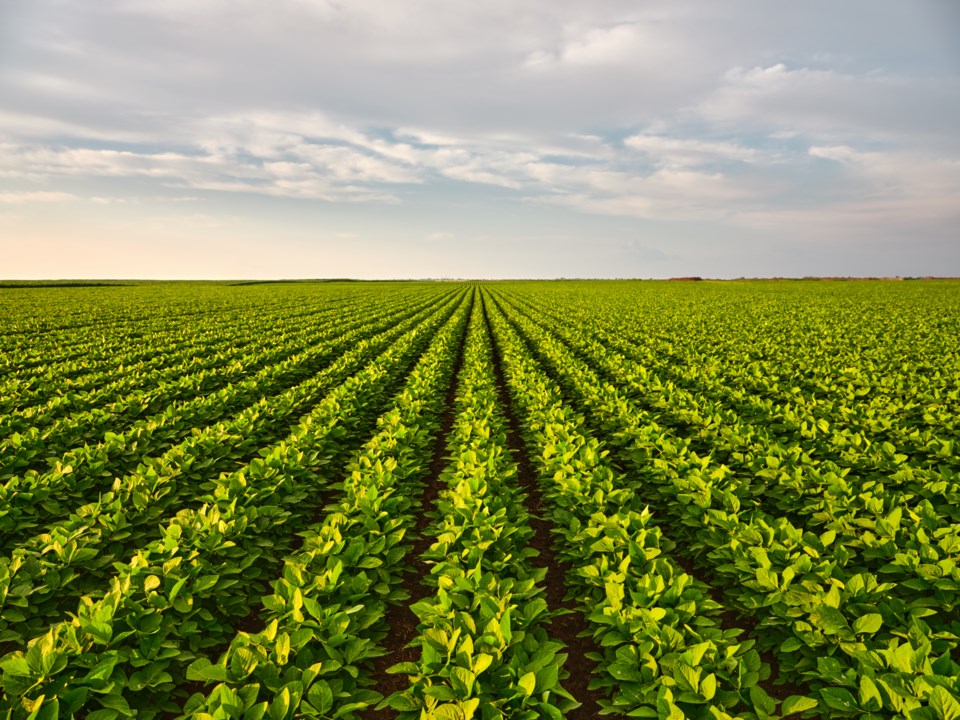British Columbians face a major challenge: How to secure a year-round supply of fresh and affordable fruits and vegetables.
This isn’t trivial. Fresh produce is the cornerstone of a healthy diet, but for many, healthy food is unaffordable. What’s worse, relying on California’s endless summer is unsustainable and vulnerable. If climate change or supply chain issues disrupt the southwestern United States’ ability to ship fruits and vegetables north, we face a major problem.
Consumers already pay the price. Conflict in the Ukraine, COVID and the floods that cut off swaths of the province a couple years ago have made it challenging to keep supply chains running and grocery stores full.
We must build a more resilient food system. One that is less vulnerable to bad weather and the vagaries of long-distance trade. B.C. must bring all parts of the food system—including food production and processing—home and stop being as reliant on long-distance everything.
Many parts of the world are already taking heed. The Netherlands, Japan and Singapore are using advanced technologies such as controlled environment agriculture (also known of as vertical farming), along with new forms of food processing, to localize food systems. B.C. should be winning on both production and processing, but instead, it lags. Unlike many parts of Canada, B.C. has an Agricultural Land Reserve, but only about 50 per cent of it is used to grow food. By comparison, the Netherlands manages to be the second-largest exporter of food in the world by farm-gate value—and with far less land. And B.C.'s food processing industry is small compared with historic trends or comparable regions.
The lack of processing in B..C hurts everyone. If folks are wondering why chicken prices are rising, it's partly because some producers must ship chicken to Alberta only to ship it back to B.C.’s grocery stores. Often, blueberries are sent south for value-added processing to avoid outdated regulations. French fries are processed elsewhere before being brought back to B.C.'s restaurants. It's essentially impossible to bring oats from the Prairies to make oat milk in B.C. even though this would be environmentally beneficial and would bring jobs to the province. Too many of B.C.’s policies related to agriculture and food processing were written before modern tools and approaches—such as growing plants indoors and without natural light—were possible. And so B.C., like many parts of Canada, needs to modernize its regulatory environment.
Within Canada, private-sector investment and government support for food-processing and vertical farming are evident in Alberta, Ontario and Quebec. A few years ago, 90 per cent of Quebec's leafy greens were trucked from the southwestern U.S. Now it's 50 per cent. In Alberta, a burgeoning food processing and value-added sector provides a ready market for traditional farmers. But again, in B.C. there are headwinds. The province's own Vegetable Commission acknowledges that "declining numbers of processors within B.C. are making it difficult for producers to find value-added processing for their cover crops, thereby decreasing their sales opportunities.” Little wonder that farms that once produced peas, beans, corn and cauliflowers have pretty well vanished. A recent report estimated that B.C. requires only about one per cent of its low-soil-quality ALR land to cure this problem and create a robust food-processing and vertical-farming sector.
Careful assessments of the environmental impact of such “high-tech food systems” suggest that, properly done, this should be a boon for sustainability. Vertical farms produce and process approximately 1,000 times as much food per hectare as do conventional farms, and they do so with a fraction of the water and pesticides that conventional field farming needs. If a vertical farmer uses renewable electricity, then their lettuce will have a smaller carbon footprint than the equivalent lettuce trucked in from California. And when production, processing and consumption all happen locally, very little rots and goes to waste.
Then there are the economic opportunities. In other parts of the world, these high-tech local production and processing systems not only build resiliency, but also generate economic prosperity, and jobs building new facilities and operating the plants that grow, cut, wash and pack produce.
Of course, such high-tech food systems are not a panacea, and will never replace field grown crops. The number of crops that can be produced in vertical farms is limited and there are no scenarios where we will bring grains, cattle or oilseeds entirely indoors. When field-grown crops and cattle are produced using climate-smart or regenerative farming practices, farmers and consumers should be proud they are part of the solution. Integrating high-tech production and processing systems alongside traditional field-grown crops makes sense and builds resilience.
This year, major climate catastrophes are decimating farms all over the U.S., U.K. and even China. Unseasonably warm weather followed by very cold conditions destroyed B.C.’s 2024 wine year, and it seems unlikely that there will be many Okanagan cherries for sale anytime soon. California is in the early throws of a mega drought that will likely last decades.
Elsewhere, food security is being linked to national security. Canada and B.C. must adapt by changing regulations to allow us to grow and process more food year-round and closer to home. In a world ravaged by climate change, we can no longer assume that others will feed us.
Dr. Evan Fraser is the director of the University of Guelph’s Arrell Food Institute.



